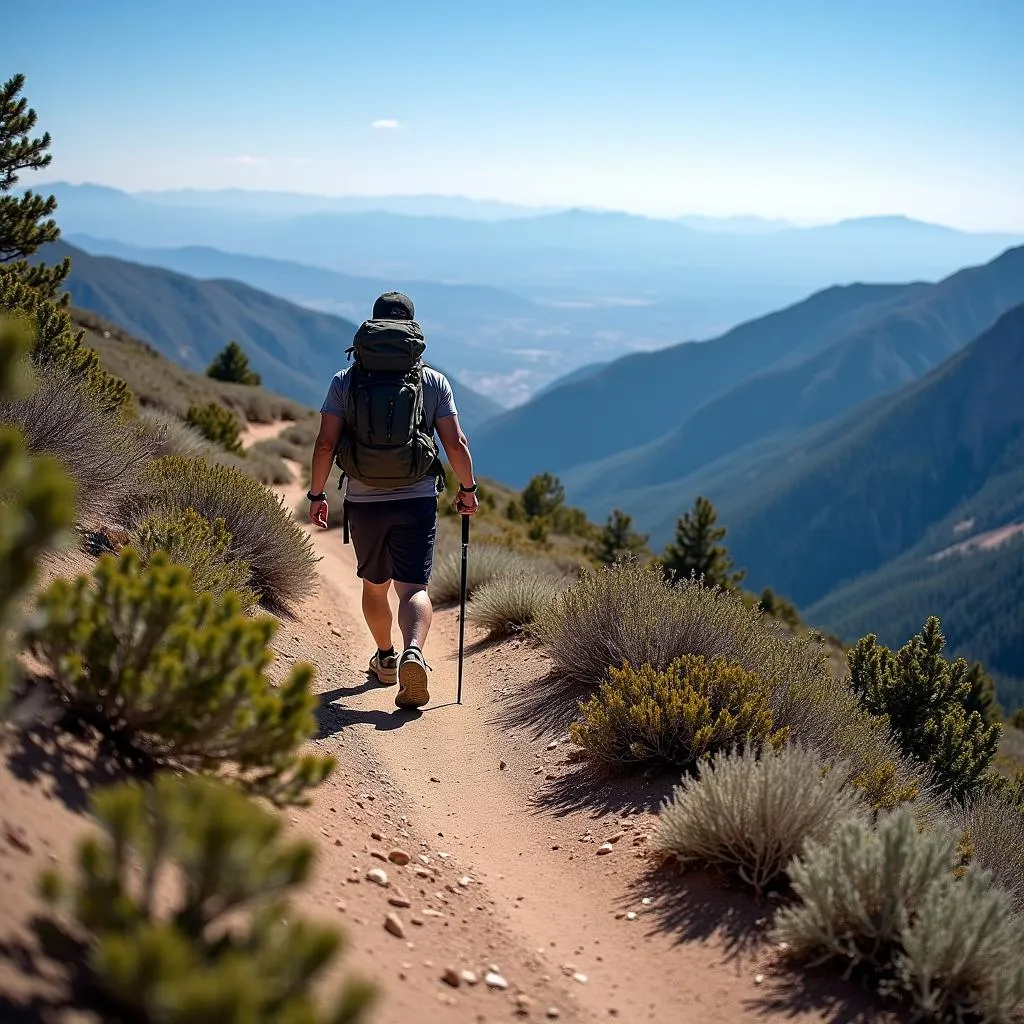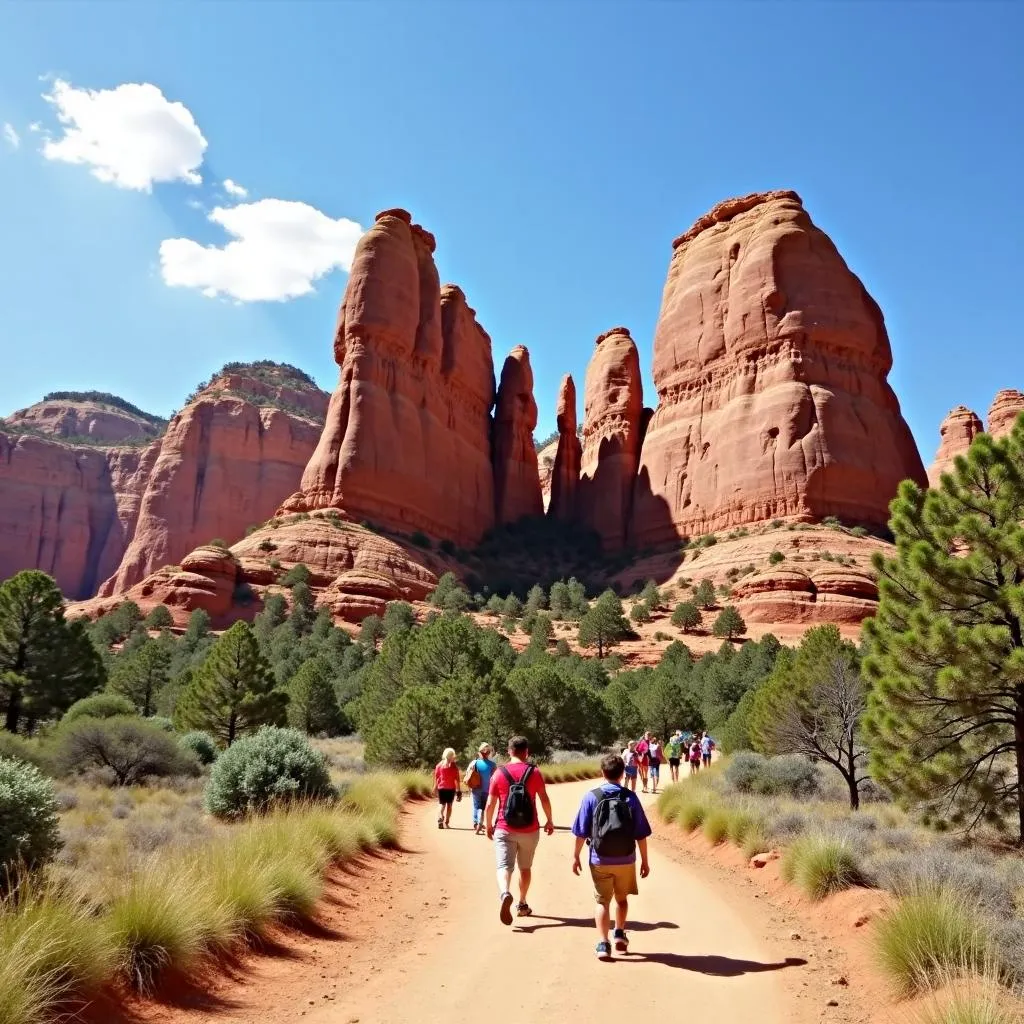Colorado Springs, a city nestled at the foot of the majestic Pikes Peak, is known for its breathtaking scenery and outdoor adventures. One question that often comes up is, “What is the elevation of Colorado Springs?”
Well, Colorado Springs sits at a significantly high elevation of 6,035 feet (1,840 meters) above sea level. This elevation has a significant impact on the city’s climate, lifestyle, and even the way you might feel when you first arrive.
Understanding Elevation and Its Effects
Elevation refers to the height of a location above sea level. As you go higher, the air pressure decreases, which means there is less oxygen available for your body to breathe. This can lead to a variety of physiological responses, especially for people not used to high altitudes.
How Does Colorado Springs’ Elevation Affect You?
When you first arrive in Colorado Springs, you may experience some of the following due to the elevation:
- Shortness of breath: This is common, especially during physical activity.
- Dehydration: The dry air at higher elevations can cause you to lose water more quickly.
- Nosebleeds: The dry air can also lead to dry nasal passages, which may result in nosebleeds.
- Altitude sickness: In some cases, people may experience more severe symptoms like headaches, nausea, and fatigue.
 Colorado Springs cityscape
Colorado Springs cityscape
What Colorado Springs’ Elevation Means for You
Knowing the elevation of Colorado Springs is essential for planning your trip and ensuring a comfortable experience. Here’s what you need to consider:
Acclimatizing to the Altitude
Give yourself time to adjust. Spend the first day or two taking it easy and drinking plenty of water. Avoid strenuous activities until you feel acclimated.
Staying Hydrated
Drink more water than usual. The dry air and high elevation can dehydrate you quickly, even if you don’t feel thirsty.
Protecting Yourself from the Sun
The higher altitude means you’re closer to the sun, and the sun’s rays are stronger. Wear sunscreen, sunglasses, and a hat, even on cloudy days.
 Hiker on Pikes Peak trail
Hiker on Pikes Peak trail
Planning Outdoor Activities
Listen to your body. If you’re feeling the effects of altitude, take breaks, and don’t push yourself too hard. Consider choosing activities at lower elevations if you’re concerned about altitude sickness.
Enjoying Colorado Springs
Despite the challenges of high elevation, Colorado Springs offers a unique and unforgettable experience. From its stunning natural beauty to its vibrant culture and attractions, there’s something for everyone in this charming city.
Remember to take the necessary precautions, stay informed, and most importantly, embrace the adventure that comes with exploring a city at such a remarkable elevation.
 Garden of the Gods rock formations
Garden of the Gods rock formations
How far is Breckenridge Colorado from Denver? Learn about the distance and travel options between these two popular Colorado destinations.
What to do in Colorado in February? Discover exciting winter activities and events happening in Colorado during February.
How much snow does Colorado Springs have? Get information about snowfall averages and snow conditions in Colorado Springs.

